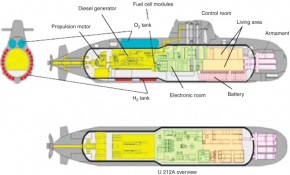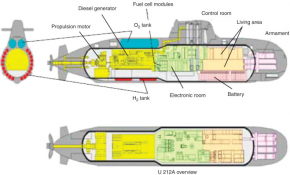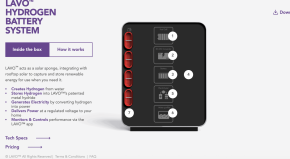Looking into this debate about batteries I was doing research into hydrogen fuel cells. The conclusion was any technology we choose they come with their own fire hazard. AIP stirling engines require liquid oxygen. Li-ion can burn. The hydrogen in hydrogen fuel cells is flamable. As a technologist I think we should go forward and embrace new battery technology. Like everything it is a matter of how you manage the risk.

 www.thedrive.com
My preferance would be Hydrogen fuels cells. Attack class designer DCNS is already developing a AIP system with Hydrogen fuel cells. It is the most silent AIP technology. Good trait for submarines The Australian government wants to become a green Hydrogen super power. So access to fuel shouldn't be a problem.
www.thedrive.com
My preferance would be Hydrogen fuels cells. Attack class designer DCNS is already developing a AIP system with Hydrogen fuel cells. It is the most silent AIP technology. Good trait for submarines The Australian government wants to become a green Hydrogen super power. So access to fuel shouldn't be a problem.
The only draw back is the technology hasn't fully matured. That hasn't stopped the boffins here researching and developing ground breaking technology.
Just my thoughts
DD

Japan Goes Back To The Future With Lithium-Ion Battery Powered Submarines
Diesel electric submarines may be on the verge of returning to their simpler roots with the help of lithium-ion batteries.
The only draw back is the technology hasn't fully matured. That hasn't stopped the boffins here researching and developing ground breaking technology.
Just my thoughts
DD









